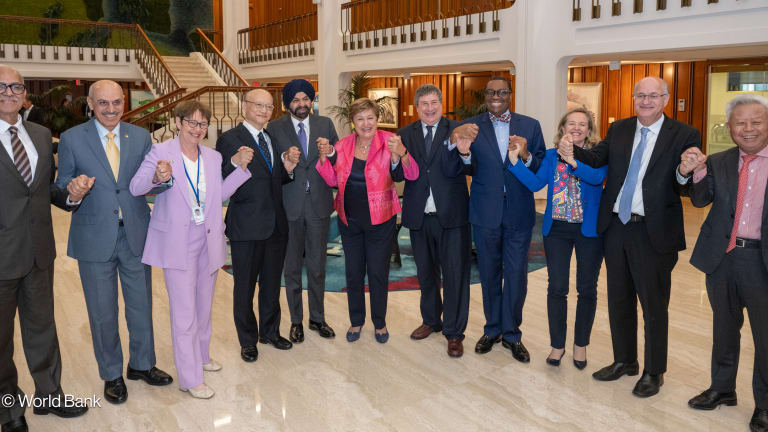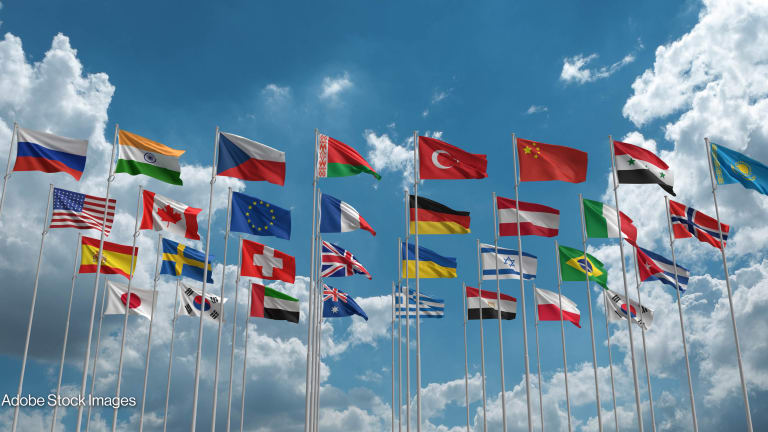Preventing a climate catastrophe requires a lot of resources: human, technological, political, and, above all, financial. All must be mobilized at both the national and international levels. Ensuring multilateral and national development banks are working together to finance climate adaptation and mitigation efforts is key to the agenda in upcoming global development finance meetings.
For most low- and middle-income countries, many already suffering significant damage from repeated climate shocks, scaling up international financial support is imperative. But since at least the 2009 Copenhagen U.N. Climate Change Conference, advanced economies have failed to provide adequate financing to undertake the needed investments in both mitigation and, particularly, adaptation.
The creation of a dedicated Loss and Damage Fund at COP27 in Sharm el-Sheikh was a breakthrough of sorts. But to date, the multilateral fund hosted at the World Bank has received less than $750 million, while the estimated cost of climate shocks in LMICs is likely to exceed $400 billion annually by 2030. The commitments at COP29 in Baku last year fell well short of requirements, raising the question of whether the international financial architecture is fit for purpose even before U.S. President Donald Trump lit a fire under U.S. cooperation.








